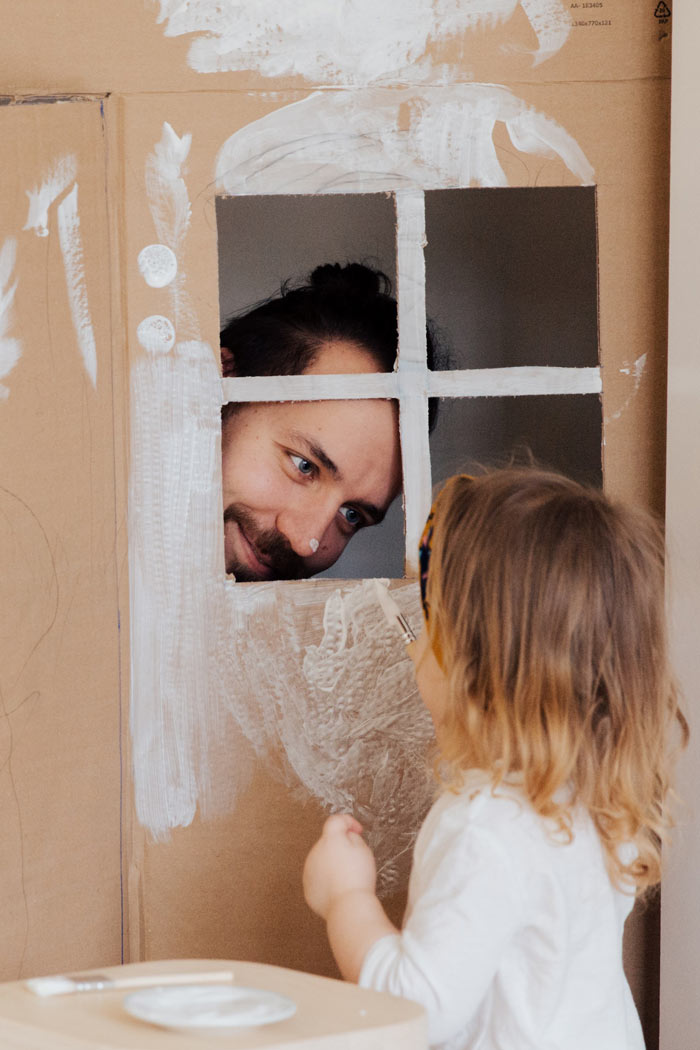PACT Therapy
PACT- Pediatric Autism Communication Therapy, a specific communication and language therapy for children with ASD or social communication needs
What is Autism Spectrum Disorder?
Autism spectrum disorder (ASD) is a complex developmental condition involving persistent challenges with social communication, restricted interests, and repetitive behavior. While autism is considered a lifelong disorder, the degree of impairment in functioning because of these challenges varies between individuals with autism.
Regarding the impairment in communication, within the spectrum, we can find people who have not developed oral language and do not make basic requests and people who, for example, with fluent oral language development, are not able to adequately use polite formulas. There is a percentage of people with ASD who do not develop oral language or do so only partially, being necessary to provide specialized intervention and tools the person can use to communicate. The evolution and prognosis of people with ASD are directly related to the type of care received and, above all, the moment at which care is initiated. A person who receives individualized and specialized treatment, based on scientific evidence, from a very early age will have more possibilities to develop and have a better quality of life. ( More information: https://www.sinews.es/en/trastorno-del-espectro-autistay-dificultades-del-lenguaje/).
What is PACT?
PACT (Pediatric Autism Communication Therapy) is a specific communication and language therapy for children with ASD or social communication needs. It is based on videofeedback and is designed for parents or direct caregivers of children with difficulties in the social communication field. It can be carried out with children between the ages of 2 and 11 years, from those who use few or no words to those who use sentences to communicate.
Video feedback allows parents to recognize the communication of the child with ASD and discover new ways to successfully interact. The certified PACT therapist works hand-in-hand with family members or caregivers, supporting and empowering them with improved skills, and helping them to integrate PACT techniques into daily life routines to create sustained change over time.
What does PACT do?
- It helps parents understand how they can communicate more effectively with their children.
- It supports parents in observing the child's interests and motivations, moments of joy, and exchange of interactions, which may go unnoticed in day-to-day interactions..
- Working in the child's environment, PACT brings the best individual support to the child's daily routines.
- Parents learn individual strategies for developing social and communicative responses in their children, as well as the use of supportive language strategies while working through the different stages of PACT.
- The PACT therapist helps parents identify step-by-step goals by following the PACT manual.
- By reviewing video clips, the professional will help parents identify their child's communication cues and interaction moments and understand how best to respond to help him or her initiate communication more frequently and skillfully.
- Over time, PACT progresses to the point of helping families identify strategies to help their children develop meaningful communication.
- In addition, children who have developed oral language can also receive support to further develop conversational skills.
Whom is it intended for?
PACT is designed for children who show signs of autism or who have received a diagnosis of autism, as well as for those who present needs in the area of communication and social interactions. As mentioned above, children with Autism Spectrum Disorder usually present difficulties in communication and building social relationships as well as restricted and repetitive interests. PACT is an intervention focused on improving communication and language, with a solid scientific basis that has been shown to significantly improve the mentioned difficulties. In addition, PACT focuses on children’s strengths and individual potential, rather than normalizing or masking atypical behavior. Studies show that the progress achieved is sustained for up to six years.

PACT is designed to intervene in the communication and social interaction area
How is it administered? Where? How long does it take?
PACT can be delivered both in person and online. The PACT intervention involves individual sessions of approximately one hour in duration, every two weeks, with half an hour of daily practice between sessions. In total, it is estimated that between 12 and 18 sessions are needed to complete the intervention. Subsequently, maintenance sessions are offered to generalize the skills achieved in daily routines or in different contexts.
How is it carried out?
First, the therapist conducts an evaluation of the child’s language level and social and communication skills in order to measure the evolution, progress, and success of the intervention. A meeting is held with the family members to discuss the child’s development and especially to determine the child’s current needs.
Subsequently, each PACT session is conducted as follows:
- The therapist records a short video (10 minutes) of the parents and child interacting together. If receiving PACT online, this video should be recorded by the parents at home and sent to the therapist prior to the session.
- Parents and therapist watch the video together and select and preview clips from the video to identify and discuss the best strategies to support the child's communication. The goal is to identify positive moments and describe the strategies that work best for each individual child.
- Finally, specific and individualized objectives are set to be practiced during the daily half-hour until the next session.
- At each session, video clips are reviewed, progress is identified and new goals are set for daily practice.
What is the difference between PACT and the ImPACT project?
- To avoid confusion, PACT is different from another similarly named intervention called "Project ImPACT". These two interventions have very different theoretical backgrounds and working methods, as well as different evidence of effectiveness.
- Many interventions for the ASD population may seem similar, but PACT has some distinguishing features.
- First, it is the only intervention that uses videofeedback with parents and other caregivers and uses it within a modern model based on developmental theory, to optimize the child's social communication environment.
- Second, it is the only intervention in this field that has demonstrated sustained long-term efficacy in clinical trials in terms of improved outcomes and maintenance for six years after the end of the intervention.
- The UK National Institute for Health and Care Excellence (NICE) reviewed interventions in ASD in 2014/21 and only found that PACT and one other intervention (JASPER) had good enough evidence to support its recommendation.
Can it be combined with other interventions?
PACT can be combined with other interventions. As mentioned, PACT is designed to intervene in the communication and social interaction area. Children with ASD often have other needs related to learning, sleep, feeding, and behavior, and consequently need the support of other professionals, such as psychologists or psychiatrists.
What happens when PACT is completed?
After the PACT intervention has been completed, parents may be offered additional sessions or continue with other interventions that may meet their child’s needs at that time. Other areas of intervention may need to be explored or speech therapy support may need to be continued.


